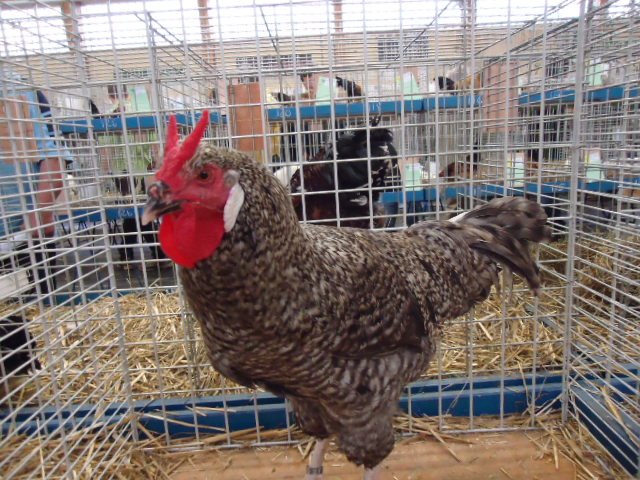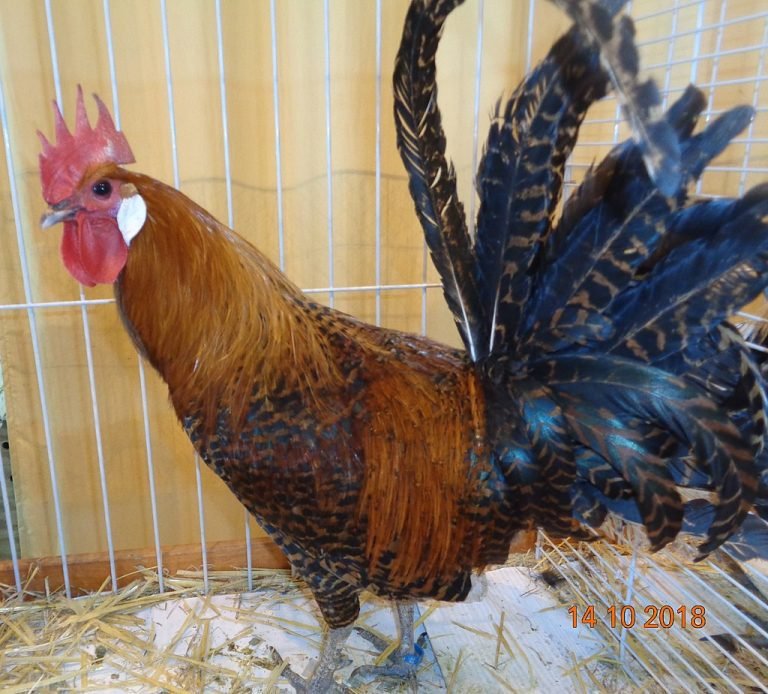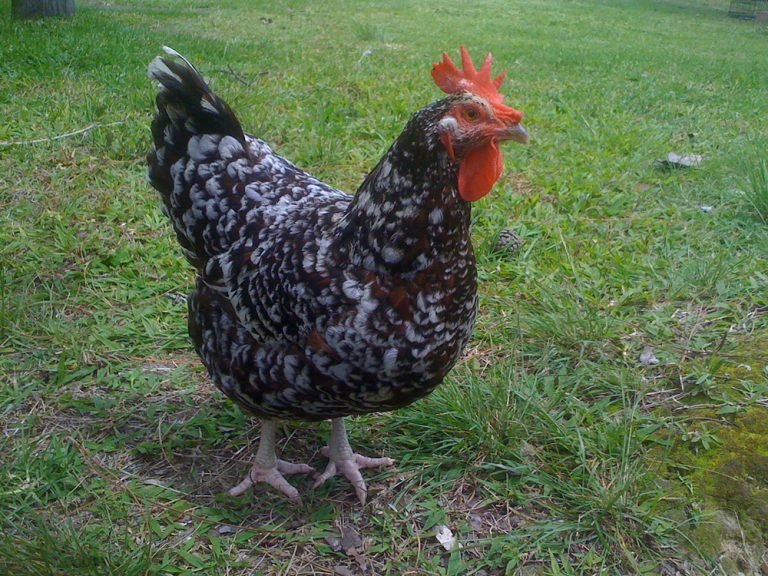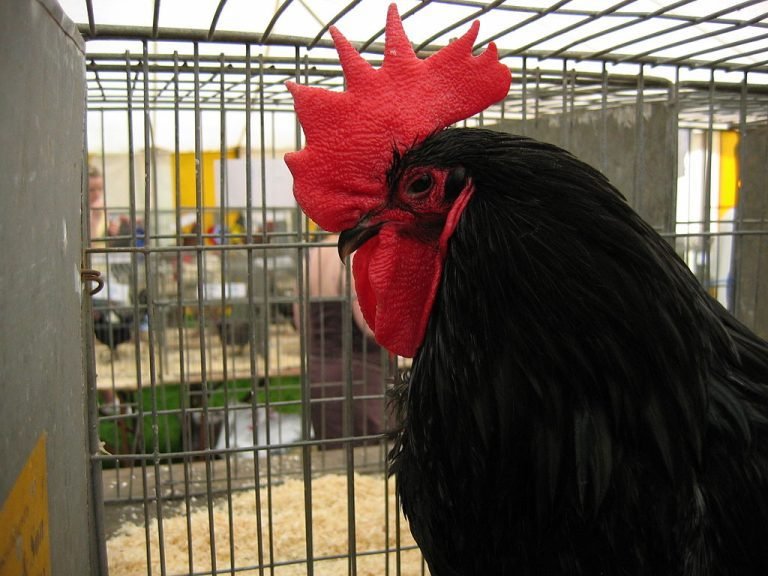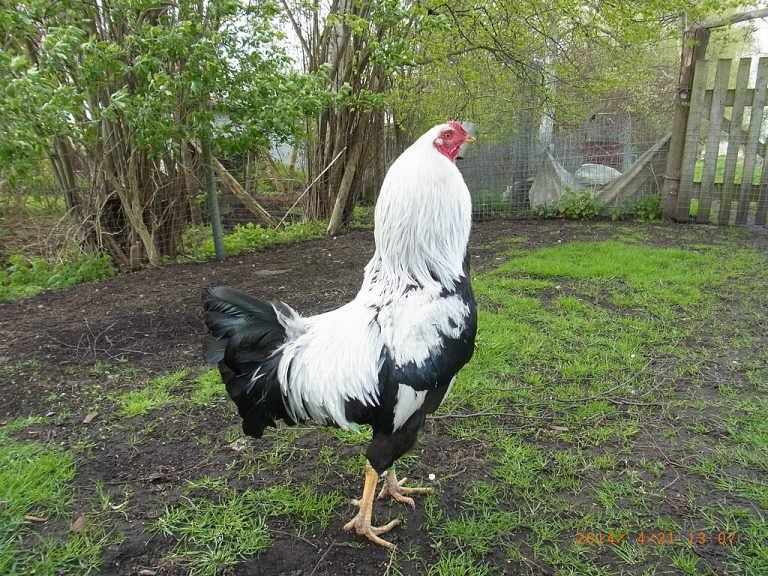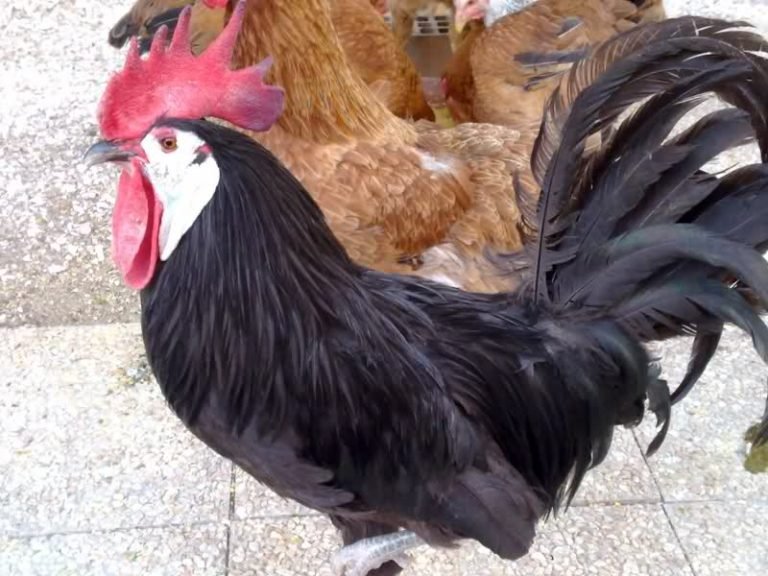The Phoenix chicken breed is known for its long, flowing tail feathers and elegant appearance. With vibrant plumage and a regal stature, this breed is sure to catch the eye of any poultry enthusiast.
Originating from Japan, the Phoenix chicken is a popular choice for backyard flocks and exhibition shows alike. Its striking appearance makes it a favorite among poultry breeders and admirers. In addition to its beauty, the Phoenix chicken is also known for its friendly and docile temperament, making it a great addition to any flock.
Whether you’re looking to show off this breed’s stunning looks or simply enjoy the company of these majestic birds, the Phoenix chicken is a fantastic choice.
History
The Phoenix chicken breed has a fascinating history, originating in Germany and known for its stunning appearance and regal presence. Bred for its long, flowing tail feathers and vibrant plumage, the Phoenix breed has become a sought-after and beloved addition to chicken enthusiasts worldwide.
Phoenix Chicken Breed:
The Phoenix chicken breed is a captivating and unique breed that boasts an interesting history. This breed has gained popularity among chicken enthusiasts due to its elegance, beauty, and majestic presence. With its long, flowing tail feathers and striking color patterns, the Phoenix chicken breed stands out as an extraordinary addition to any flock.
In this blog post, we will delve into the fascinating history of the Phoenix chicken breed and explore its distinctive characteristics.
- Developed in Japan: The Phoenix chicken breed is believed to have originated in Japan. It was bred from various Asian game fowl and long-tailed Japanese breeds.
- Traditional Role: Historically, the Phoenix chicken breed was primarily used for ornamental purposes in Japan, valued for its beautiful plumage and graceful presence.
- Introduction to the United States: The Phoenix chicken breed was introduced to the United States in the late 19th century when it was imported for exhibition and ornamental purposes.
- Natural Beauty: The breed’s captivating appearance quickly gained attention, and it soon became a favorite among poultry enthusiasts and exhibition breeders worldwide.
With its enchanting history and distinctive characteristics, the Phoenix chicken breed continues to captivate poultry enthusiasts worldwide. Whether you’re a seasoned chicken breeder or simply appreciate the beauty of these magnificent birds, the Phoenix breed is sure to add elegance and charm to any flock.
Embrace their regal presence and enjoy the awe-inspiring display of their long, flowing tail feathers.

General Characteristics
Phoenix chicken breed is a captivating and unique breed that captivates poultry enthusiasts with its stunning appearance and friendly personality. If you are considering adding this breed to your flock, read on to discover all about the general characteristics of Phoenix chickens.
Physical Appearance
- The Phoenix chicken breed is known for its elongated and majestic tail feathers, which can reach up to 8 feet in length. These exquisite tail feathers, with their rich and vibrant colors, make Phoenix chickens a sight to behold.
- With their long and graceful bodies, Phoenix chickens possess a dignified stature that sets them apart from other breeds. Their sleek appearance adds to their overall elegance.
- The breed’s plumage comes in a wide range of colors, including golden, silver, black, and white, with beautiful patterns and intricate details. Each Phoenix chicken boasts a unique and eye-catching combination.
- The breed’s comb is single and upright, accentuating their regal appearance. It adds a touch of distinction to their overall look.
- Phoenix chickens have a proud and noble bearing, standing tall with their necks held high. Their alert and inquisitive eyes are another distinctive feature of this breed.
Unique Facts
- The Phoenix chicken breed originated in Japan and was brought to Europe in the mid-19th century. It is named after the mythical bird renowned for its ability to rise from the ashes.
- The breed’s long tail feathers are actually the result of a genetic mutation. They molt annually, but it takes several years for them to grow back to their full length.
- Showcasing Phoenix chickens in exhibitions and poultry shows is popular, where their remarkable appearance attracts attention and admiration.
- They are not prolific egg layers, with females producing around 120-180 medium-sized eggs per year. However, their ornamental value and friendly temperament make up for their lower egg production.
The general characteristics of Phoenix chickens make them a fascinating addition to any flock. With their regal appearance, friendly temperament, and unique features, this breed is sure to captivate poultry enthusiasts and admirers alike.
Temperament
The Phoenix chicken breed is known for its friendly temperament and gentle nature. These birds make excellent companions and are ideal for backyard poultry enthusiasts seeking a calm and docile breed.
The Phoenix chicken breed is known for its striking appearance and unique temperament. With its long, flowing tail feathers and vibrant colors, this breed is sure to catch anyone’s attention. But what sets the Phoenix apart from other breeds is its personality.
Let’s take a closer look at the temperament of these magnificent birds.
Active And Energetic
- Phoenix chickens are highly energetic birds, always on the move and exploring their surroundings.
- They love to forage and can spend hours scratching the ground in search of insects and seeds.
- Their active nature makes them excellent free-range birds, as they love to explore and have plenty of space to stretch their wings.
Friendly And Docile
- Despite their active nature, Phoenix chickens have a friendly and docile temperament.
- They are known to be calm and gentle, making them great additions to a backyard flock.
- Phoenix chickens are generally tolerant of human interaction and can be easily handled and petted.
Independent And Curious
- These birds have a curious nature and enjoy investigating their surroundings.
- They are independent thinkers and have been known to find creative ways to entertain themselves.
- Be prepared to provide plenty of mental stimulation for these curious birds to keep them stimulated and engaged.
Rooster Behavior
- Like many chicken breeds, Phoenix roosters may exhibit territorial behavior.
- They can be protective of their hens and may display aggression towards other roosters or intruders.
- Proper socialization and handling from an early age can help mitigate any negative rooster behavior.
Not Suitable For Small Spaces
- Due to their active nature, Phoenix chickens are not well suited for small or confined spaces.
- They require ample room to roam and express their natural behaviors.
- If you have a small backyard, it may be best to consider another breed that is better suited to limited space.
Compatibility With Other Breeds
- Phoenix chickens can usually get along well with other breeds.
- Their friendly and docile nature makes them adaptable to various flock dynamics.
- Introducing new birds to an existing flock should be done gradually and under close supervision to ensure a smooth integration.
If you’re looking for a beautiful and personable addition to your flock, the Phoenix chicken breed is definitely worth considering. These birds bring beauty, personality, and charm to any backyard or farm.
Comb Types
The Phoenix chicken breed is known for its distinct comb types, which play a significant role in their appearance and overall characteristics. Let’s explore the various comb types found in Phoenix chickens:
Single Comb
- The most common comb type in Phoenix chickens is the single comb.
- It is a straight, evenly serrated comb that runs down the back of the bird’s head.
- The single comb is medium in size and stands upright.
Walnut Comb
- Another comb type seen in Phoenix chickens is the walnut comb.
- This comb resembles the shape of a walnut and is shorter and wider than the single comb.
- The serrations on a walnut comb are usually less pronounced than those on a single comb.
Pea Comb
- The pea comb is also observed in some Phoenix chickens.
- It has three distinct ridges and is wider at the base, tapering towards the top.
- The pea comb has a compact size and is often preferred in colder climates due to its resistance to frostbite.
Cushion Comb
- One of the rarer comb types found in Phoenix chickens is the cushion comb.
- This comb is round and full, resembling a cushion in appearance.
- The cushion comb is small to medium in size and features fine serrations along its edges.
V-Comb
- Unlike the previously mentioned comb types, the V-comb is unique to Phoenix chickens.
- It is characterized by a V-shaped comb that is wide at the base and tapers to a point at the top.
- The V-comb is relatively small and distinctively sets the Phoenix breed apart from others.
Phoenix chickens exhibit a variety of comb types, each with its distinctive features and characteristics. Whether it’s the single comb, walnut comb, pea comb, cushion comb, or the exclusive V-comb, the comb type adds to the overall allure of these beautiful birds.
Conclusion
The Phoenix chicken breed is a unique and captivating addition to any backyard flock. With its stunning long and flowing tail feathers, it is sure to be a captivating sight in your chicken run. Beyond its striking appearance, the Phoenix is also known for its gentle and friendly nature, making it a great choice for families with children.
This breed is a prolific layer of medium-sized brown eggs, making it an excellent option for those looking to collect fresh eggs each day. Furthermore, its smaller size and active nature make it a good fit for smaller yards or urban environments.
Whether you are a seasoned chicken enthusiast or just starting out, the Phoenix chicken breed is a fantastic choice that is sure to bring beauty and joy to your flock.

